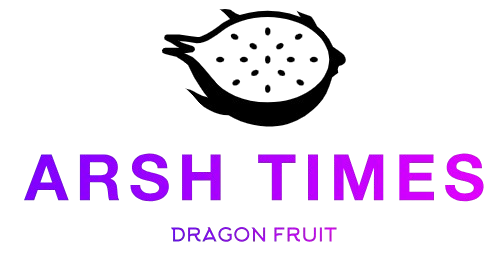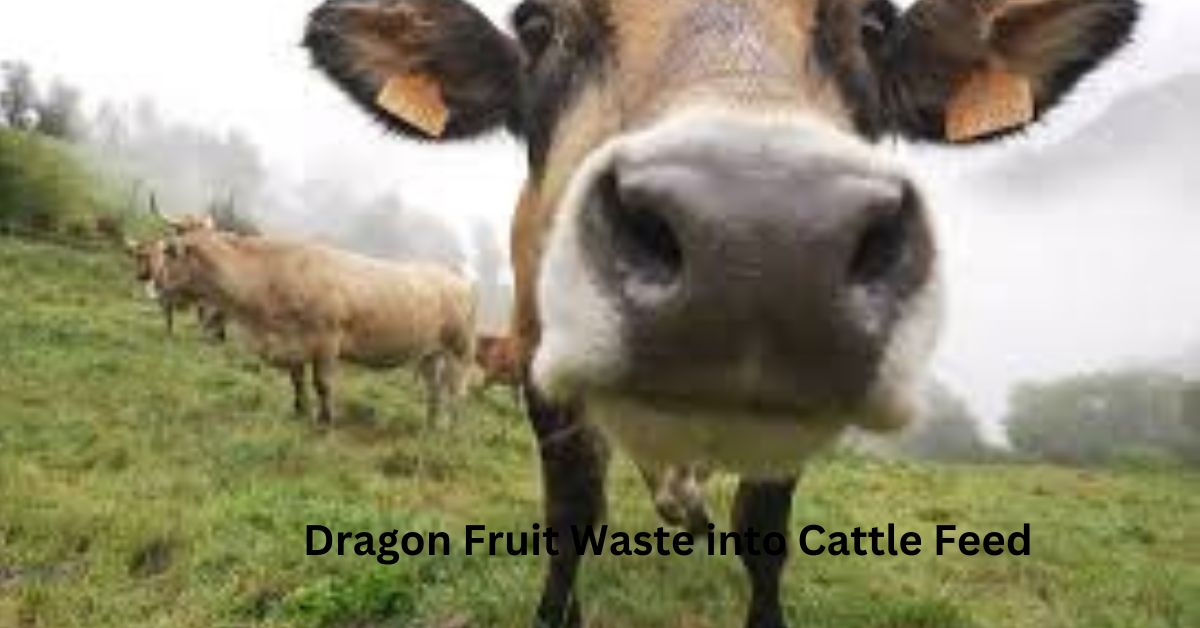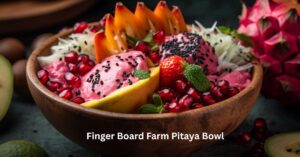
The increasing popularity of exotic fruits in the United States, especially dragon fruit (pitaya), has brought new opportunities—and challenges—to agriculture. While dragon fruit is celebrated for its vibrant color and health benefits, its production generates significant waste, including peels, rinds, and cores. Traditionally discarded, this waste contributes to environmental issues. However, innovative farmers and researchers are exploring a groundbreaking solution: turning dragon fruit waste into cattle feed. This sustainable practice not only addresses waste management concerns but also enhances livestock nutrition and supports eco-friendly farming.
Understanding Dragon Fruit Waste and Its Potential
Dragon fruit waste primarily consists of inedible parts like peels and cores left behind after harvesting and processing. Though often overlooked, these byproducts are nutrient-rich and hold significant potential for livestock feed.
Key Nutrients in Dragon Fruit Waste
Fiber: Essential for maintaining healthy digestion in cattle, fiber supports rumen function, aiding in nutrient absorption and promoting gut health.
Antioxidants: These compounds strengthen the immune system, reducing the risk of diseases in livestock.
Vitamins and Minerals: Nutrients like vitamin C, calcium, and potassium contribute to overall health and well-being in cattle.
Protein: While not a primary protein source, dragon fruit waste provides a modest amount that can complement other feed components.
Benefits of Using Dragon Fruit Waste as Cattle Feed
Repurposing dragon fruit waste for livestock feed offers a range of advantages
1. Enhanced Rumen Health
The high fiber content in dragon fruit waste improves digestion and nutrient utilization. Healthy rumen function is critical for cattle’s overall productivity and well-being.
2. Strengthened Immune System
Antioxidants in the waste help bolster cattle’s immune defenses, reducing vulnerability to common illnesses and improving herd health.
3. Reduced Feed Costs
Dragon fruit waste is often available in abundance and at little to no cost, significantly lowering feed expenses for farmers.
4. Sustainable Agriculture Practices
By repurposing agricultural waste, farmers contribute to a circular economy, minimizing environmental impact and reducing landfill usage.
5. Improved Meat Quality
Preliminary research indicates that incorporating dragon fruit waste into cattle diets may enhance meat quality, although further studies are required to confirm these findings.
| Benefit | Description |
| Sustainable Waste Management | Reduces landfill waste and promotes a circular economy. |
| Improved Animal Health | Provides essential nutrients, enhances digestion, and boosts immunity. |
| Cost-Effective Feed | Reduces reliance on expensive commercial feed. |
| Enhanced Meat and Milk Quality | May improve the nutritional value of animal products. |
| Reduced Environmental Impact | Minimizes greenhouse gas emissions associated with waste disposal. |
Methods for Incorporating Dragon Fruit Waste into Cattle Feed
Farmers can integrate dragon fruit waste into livestock feed using various techniques
1. Fresh Feed
Fresh dragon fruit trimmings can be mixed with traditional feedstuffs like hay, silage, or grains. This approach is straightforward but requires careful management to avoid spoilage.
2. Dried Feed
Drying the waste extends its shelf life and simplifies storage. Dried dragon fruit waste can be ground into a powder or turned into pellets for convenient feeding.
3. Silage
Ensiling, a fermentation process, preserves the nutritional value of dragon fruit waste. This method creates a palatable feed that can be stored for extended periods.
Considerations for Using Dragon Fruit Waste as Feed
1. Palatability
Cattle may have varying preferences for dragon fruit waste depending on its preparation. Ensuring the waste is prepared in a way that appeals to livestock is crucial for successful integration.
2. Nutritional Balance
Dragon fruit waste should be treated as a supplementary feed, not a standalone diet. Combining it with other feed sources ensures cattle receive a balanced diet with all essential nutrients.
3. Optimal Inclusion Rates
Further research is needed to determine the appropriate proportion of Dragon Fruit Waste into Cattle Feed diets. Overfeeding may lead to imbalances or digestive issues, while underutilizing it reduces its potential benefits.
4. Storage and Handling
Proper storage techniques are necessary to prevent spoilage, especially when using fresh or ensiled waste.
Research and Development: The Road Ahead
To fully harness the potential of Dragon Fruit Waste into Cattle Feed, ongoing research is essential. Key areas for future exploration include:
- Optimal Feeding Practices: Establishing the ideal inclusion rates for maximum benefit without adverse effects.
- Long-Term Impact: Assessing the effects of Dragon Fruit Waste into Cattle Feed health, productivity, and meat or milk quality over extended periods.
- Cost Analysis: Evaluating the economic feasibility of large-scale adoption for farmers.
- Environmental Impact: Quantifying the reduction in agricultural waste and its contribution to sustainability goals.
The Role of Dragon Fruit Waste in Sustainable Farming
As the agricultural industry faces increasing pressure to adopt sustainable practices, repurposing byproducts like Dragon Fruit Waste into Cattle Feed waste offers a win-win solution. This innovative approach supports both environmental conservation and economic efficiency.
Environmental Benefits
- Reduced Waste: Repurposing Dragon Fruit Waste into Cattle Feed trimmings prevents them from contributing to landfills.
- Lower Carbon Footprint: Utilizing waste as feed reduces the demand for conventional feed production, which often involves significant resource use and emissions.
Economic Benefits
- Cost Savings: Free or low-cost waste reduces the financial burden of purchasing commercial feed.
- Resource Efficiency: Maximizing the use of all parts of the dragon fruit plant increases overall productivity.
Conclusion:
A Sustainable Future for Farmers and Livestock
Turning dragon fruit waste into cattle feed is more than an innovative idea—it’s a sustainable solution with far-reaching benefits. By repurposing agricultural byproducts, farmers can enhance livestock nutrition, reduce feed costs, and minimize their environmental footprint.
While challenges like palatability and optimal feeding rates require further study, the potential rewards make Dragon Fruit Waste into Cattle Feed waste an exciting frontier in sustainable agriculture. With continued research and farmer participation, this practice could transform waste management and livestock feeding, creating a greener and more efficient agricultural landscape.





